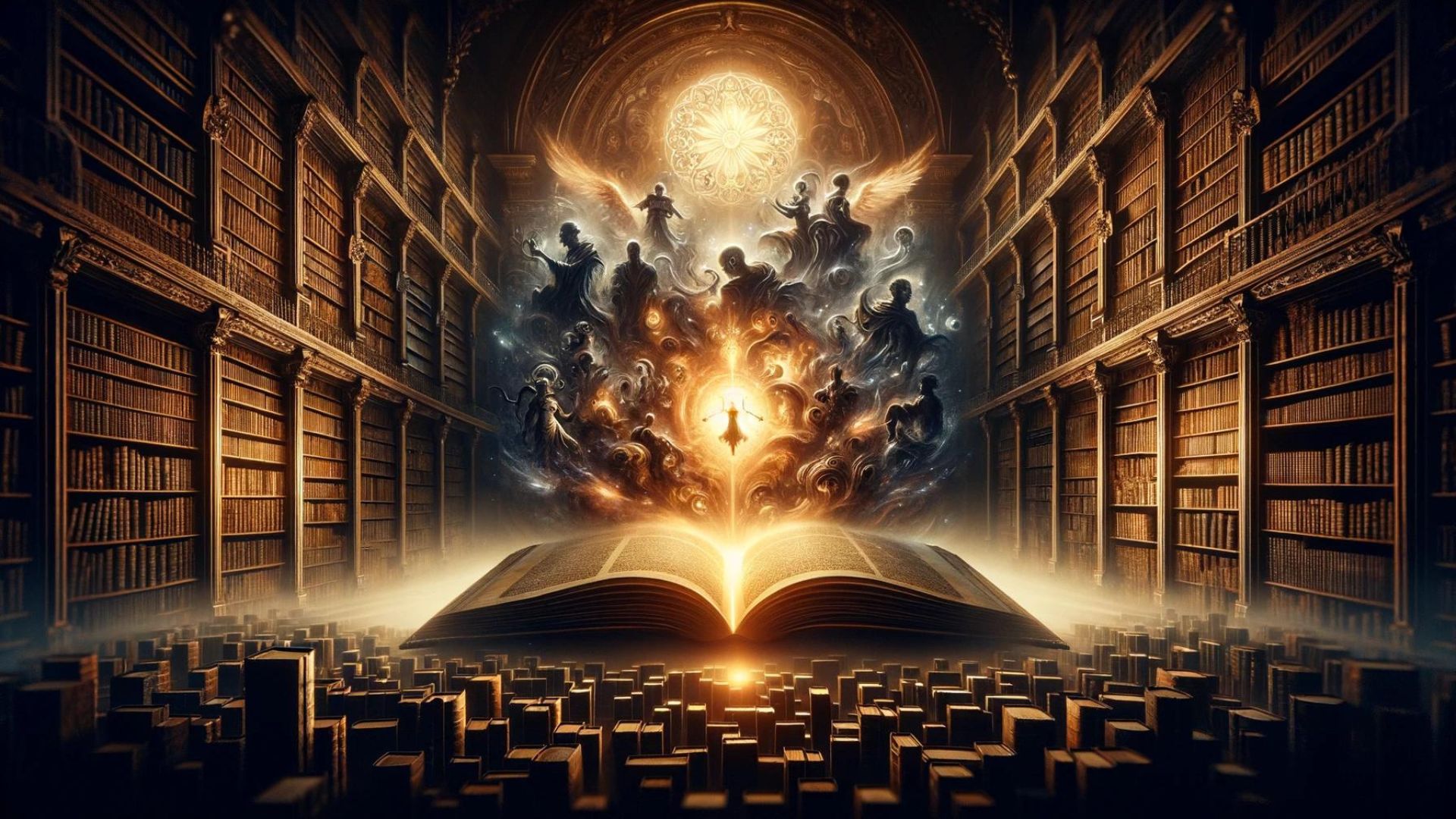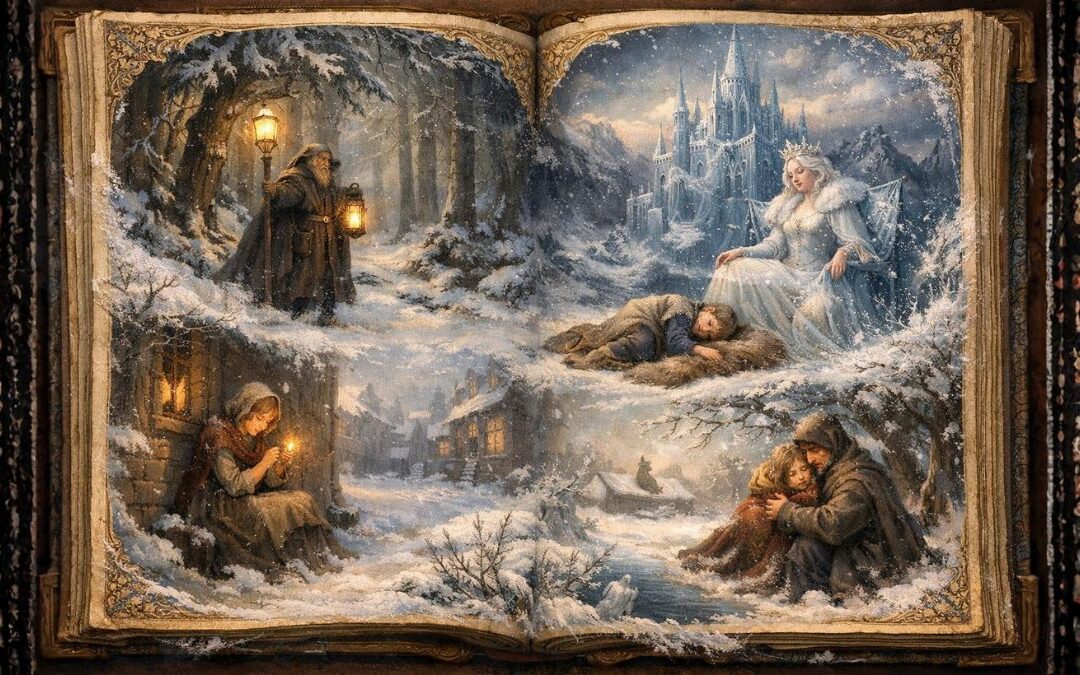The Use of Allegory in Literature
Imagine a story about a courageous lion leading a band of animals on a perilous quest. On the surface, it’s a thrilling adventure. But what if that lion symbolizes a historical leader, the animals represent social groups, and their journey mirrors a real-world struggle? This is the power of allegory – a literary device where every element pulsates with hidden meaning.
Allegories have captivated readers for centuries. From Aesop’s Fables, where talking animals impart moral lessons, to George Orwell’s Animal Farm, a biting political satire disguised as a barnyard tale, allegories pack a punch. They allow writers to explore complex ideas – think social commentary, political critique, or philosophical musings – in ways that are both engaging and thought-provoking.
An allegory works on two levels: the literal and the symbolic. The literal is the story itself, with its characters, plot, and setting. This is the part that keeps you turning the pages. But beneath this surface narrative lies a deeper layer teeming with significance. Like a treasure map overlaid onto a landscape, the elements of the story point towards hidden meanings.
So, how do you decode an allegory? Start by questioning what the characters might represent. Does the determined protagonist symbolize perseverance or perhaps the human spirit? Notice if the setting takes on symbolic weight. Could a treacherous forest embody the dangers of a corrupt society? Pay attention to events; a climactic battle in the story might represent a clash of ideologies in the real world.
Why do writers turn to allegory? Sometimes, it’s a matter of safety. Allegory allows authors to criticize authority or challenge societal norms with a layer of plausible deniability. It’s a way to smuggle subversive ideas past the censors. Other times, allegory is used to simplify complex subjects into engaging stories. Think about how difficult concepts like greed, corruption, or societal oppression suddenly become tangible and emotionally resonant when personified as characters in a well-crafted allegorical tale.
Of course, there’s an inherent risk. Allegories can sometimes feel heavy-handed, the hidden message overshadowing the enjoyment of the story itself. The most skilled authors weave their allegories seamlessly, the double meanings enriching the narrative rather than stifling it. Like a magic trick, the best allegories create a sense of awe once you realize how all the pieces fit together.
The beauty of allegory is that it invites you, the reader, to become an active participant. You’re not just consuming a story; you’re deciphering a puzzle, unearthing layers of meaning that spark new insights and provoke questions. The next time you encounter a story that seems just a bit too strange or fantastical, ask yourself: is there more here than meets the eye? Look for the clues, analyze the symbols, and unlock the powerful message the author may have concealed within their tale.
Why Should You Care?
- Enhanced Reading Experiences: Understanding allegory deepens your appreciation of literature, revealing layers of meaning and transforming a simple story into an intellectual and emotional experience.
- Critical Thinking Skills: Analyzing allegories trains you to look beyond the surface, interpret symbols, and think critically about the world around you.
- Understanding History and Culture: Allegories often reflect the social and political issues of their time. Understanding them can give you insights into historical periods and different worldviews.
Key Takeaways
- Allegory is storytelling with a hidden message: Authors use characters, settings, and plot to represent abstract ideas, social issues, or historical events.
- Allegories operate on two levels: There’s the literal story and then the deeper symbolic meaning hidden beneath the surface.
- Decoding an allegory: Look for symbolic clues in characters, setting, and major events of the story.
- Allegory as a powerful tool: Authors use allegory to explore complex themes, critique society safely, or make abstract concepts easier to grasp.
Keywords
- Allegory: A literary device where the story, characters, and setting represent abstract ideas or concepts.
- Symbolism: The use of objects, characters, or places to represent something else, usually an abstract idea.
- Literal: The surface-level meaning of a story, what is directly stated.
- Symbolic: Representing something deeper through non-literal use of imagery or concepts.
- Aesop’s Fables: A classic example of allegory where animals teach moral lessons.
- Animal Farm: A famous allegorical novel by George Orwell critiquing totalitarianism.
- Subversive: Seeking to undermine or challenge established systems or institutions.
- Censorship: The suppression of information or ideas deemed harmful or undesirable by those in authority.
- Critique: A detailed analysis and assessment of something, often highlighting flaws or problems.
- Societal Oppression: Unjust restrictions and social disadvantages imposed on a group by a more powerful one.
Frequently Asked Questions
- Are all stories with symbolism allegorical? No. Symbolism is common, but a true allegory has a consistent hidden meaning throughout the entire narrative.
- Can there be multiple interpretations of an allegory? Yes! Allegories open up various interpretations, encouraging debate and personal reflection.
- Are allegories only found in old literature? No. Modern writers still use allegory to explore contemporary issues in new, imaginative ways.
Myth Buster
- Myth: Allegories are boring because they are like a puzzle to solve.
- Reality: The best allegories are thrilling stories in their own right, even before you uncover the hidden meanings. The decoding process adds enjoyment, not detracts from it.
Let’s Talk
- Can you think of a movie or TV show that might be allegorical? What hidden messages do you suspect?
- Have you ever read a book that made you realize you missed a deeper meaning on a first read? What was it?
- Do you think allegory is a more effective way of expressing certain ideas than directly stating them? Why or why not?
Share your thoughts and let’s continue the discussion below!










0 Comments